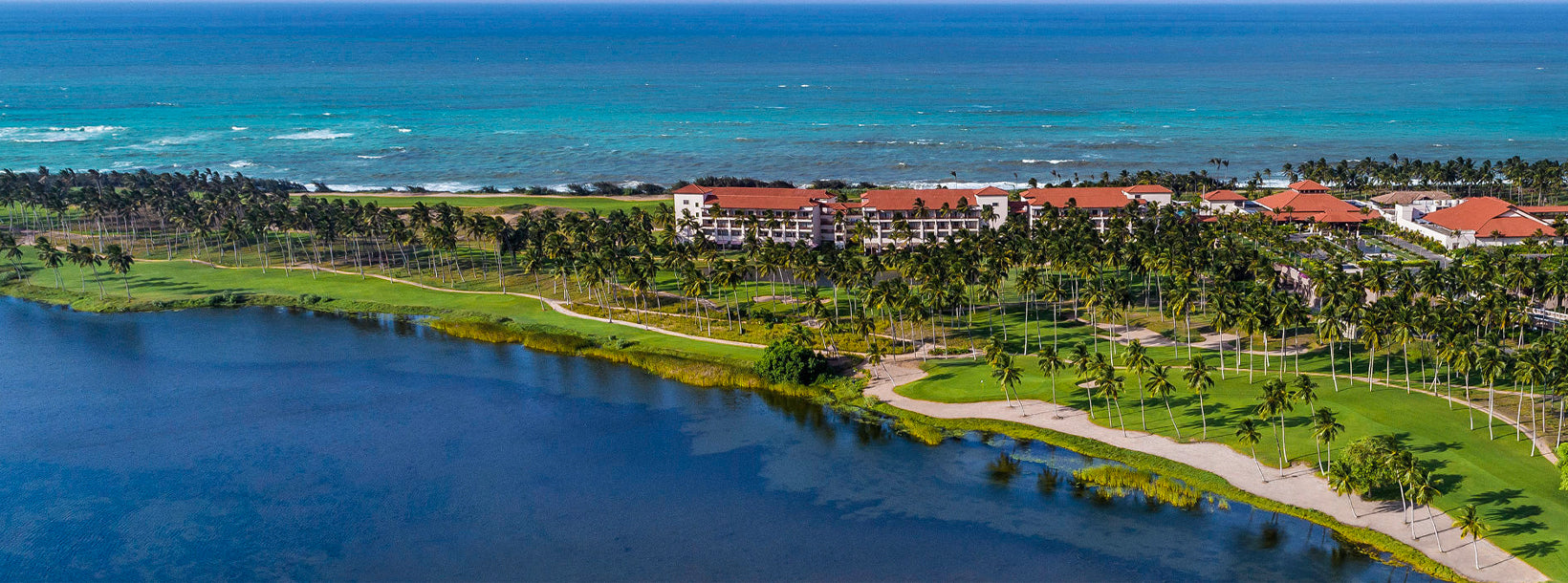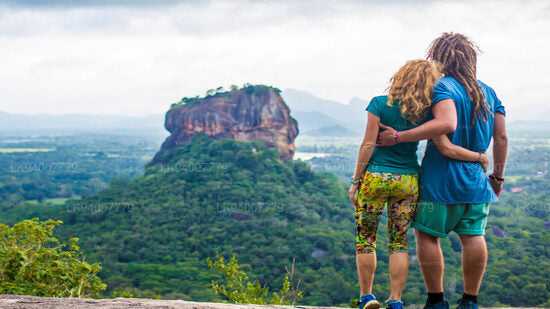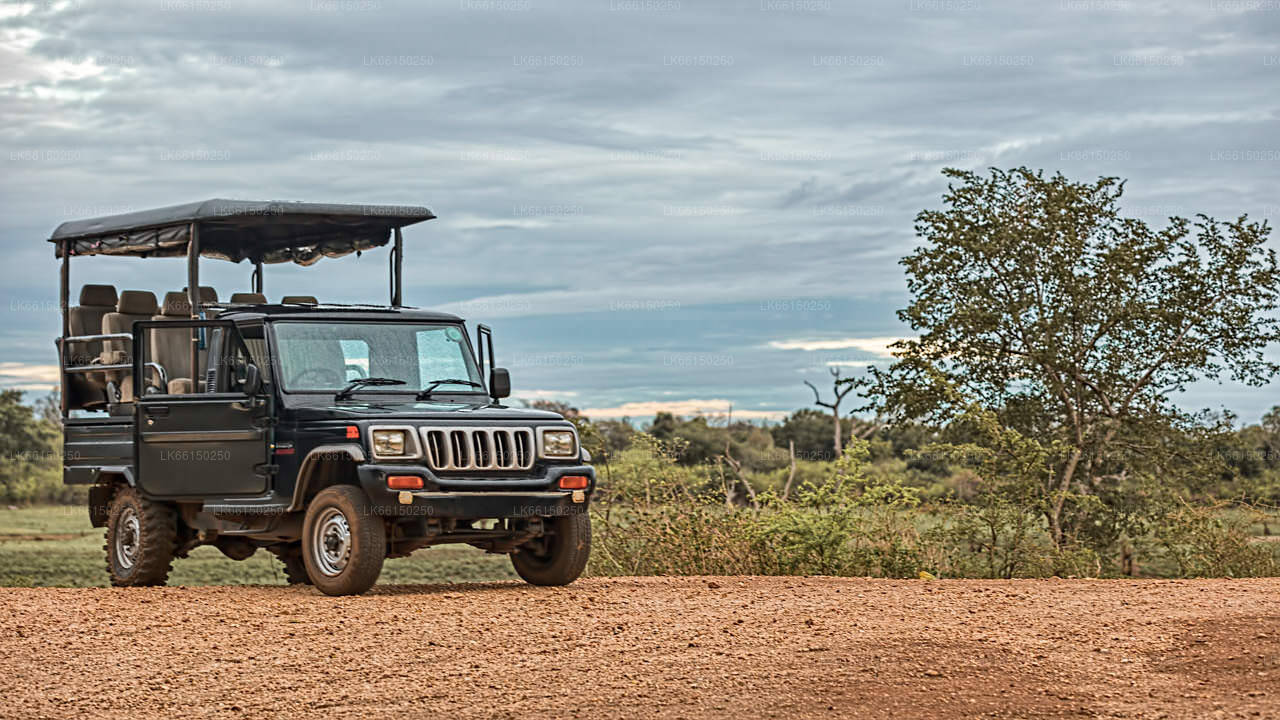
Città di Hambantota
Hambantota, città portuale nel sud dello Sri Lanka, vanta un'importanza marittima strategica. Conosciuta per il suo porto in acque profonde, svolge un ruolo centrale nelle rotte commerciali globali, in particolare per il trasbordo. La città presenta anche settori industriali e turistici emergenti, che contribuiscono al suo sviluppo economico.
Ussangoda
Ussangoda National Park is a Sri Lankan national park and designated archaeological site, situated on the Colombo – Kataragama road near Ambalantota – Nonagama Junction in Hambantota District. It is located in the southern sea turtle breeding zones. Ussangoda is a patch of high ground by the sea and spreads over a significant area. Unlike the rest of the land surrounding, it is only covered with grass and a few pockets of pigmy forests. The summit of Ussangoda area pans like a plateau for a significant length
Geological and archaeological importance.Ussangoda is known for its unusual placement by soil structure, flora, and location. There are many folk stories related to this site which include different takes about the land. General belief is that it is a part of a meteor or a proximity to a meteor hit. The main rationale for this belief is the soils brick-like hard quality with a reddish colour which is unique to this patch of land. Some rocks and soil layers contain what some speculate to be remnants of an extreme heat (that can be caused by an event such as a meteor hit). It is also suspected that the soil has a high concentration of minerals/metals giving its unique colour. In several places, especially by the sea facing areas rocks and soil can be observed clearly having multiple layers usually with distinct colourization. It is however unclear whether these speculations have been tested in any proper scientific study at all. It can be also noticed that Ussangoda is located geographically closer to another archaeological site "Miniha Gal Kanda", where evidence for pre-historic human existence has been found.
The rock debris has high iron concentration. Magnets attract them
LegendThere are several legends related to the area. The site is considered a sacred/forbidden ground for general affairs in local lore. One popular belief is that Ussangoda is a ground of the local demi-god "Mangara". Other beliefs range from religiously rooted backgrounds to the unwritten/alternate history related to Ravana. According to Hindu puranas, Ussangoda was one of the landing strips of Ravana's Pushpaka vimana.
Ussangoda National ParkUssangoda National Park was created in 2010. The objectives of establishing the new national park are providing long term protection for the area's biological, archaeological and geographical values. The park borders the Kalametiya Wildlife Sanctuary in the east.
Informazioni sul distretto di Hambantota
Hambantota è una città rurale della zona costiera sud-orientale dello Sri Lanka. È anche il capoluogo del distretto di Hambantota, nella provincia meridionale dello Sri Lanka. A circa 240 km da Colombo, Hambantota si sta trasformando in un porto strategico e in un centro commerciale, con un ampio sviluppo delle infrastrutture. Fiancheggiata da ampie spiagge sabbiose, Hambantota è una posizione comoda per visitare le attrazioni vicine: il Parco Nazionale di Bundala si trova a 20 km a est di Hambantota e il Santuario di Weerawila un po' più lontano. Il Parco Nazionale di Ruhuna e il Tempio di Kataragama sono altre attrazioni facilmente raggiungibili da questa città.
Informazioni sulla Provincia del Sud
La Provincia meridionale dello Sri Lanka è una piccola area geografica composta dai distretti di Galle, Matara e Hambantota. L'agricoltura di sussistenza e la pesca sono la principale fonte di reddito per la stragrande maggioranza degli abitanti di questa regione. Tra i punti di riferimento importanti della Provincia meridionale vi sono i santuari della fauna selvatica dei parchi nazionali di Yala e Udawalawe, la città santa di Kataragama e le antiche città di Tissamaharama, Kirinda e Galle. (Sebbene Galle sia una città antica, non sopravvive quasi nulla di ciò che è accaduto prima dell'invasione portoghese). Durante il periodo portoghese c'erano due famosi poeti singalesi, Andare, originario di Dickwella, e Gajaman Nona, originario di Denipitiya, nel distretto di Matara, che componevano poesie sull'uomo comune.










